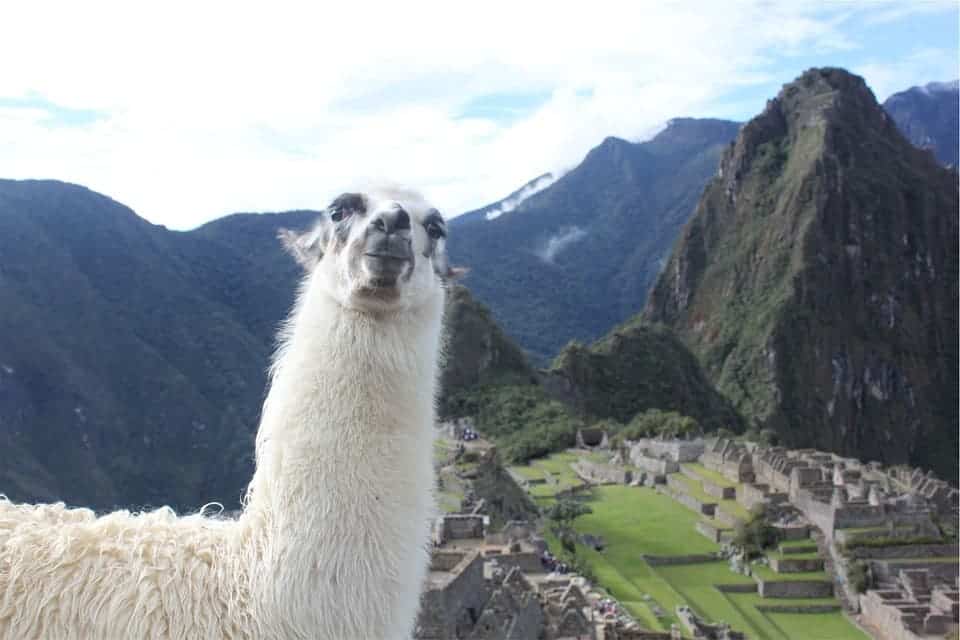For decades, researchers have been trying to find a universal vaccine for the flu — which is responsible for tens of thousands of deaths in the United States alone. One of the most promising candidates for a universal flu vaccine was recently described in the journal Science — and it’s based on antibodies produced by South America’s camel, the llama.
Flu shots help prevent millions of viral infections each year, but they don’t offer full protection. The problem lies in the fact that there are many strains of influenza that can cause the flu, so right now, the best tactic at our disposal is to try to predict which strains will be prevalent in a given year, then stock vaccines against those particular strains. At best, a flu vaccine will have a 60% efficacy at reducing the risk of illness. Common cold viruses have even wilder strain variation, which is why there isn’t a vaccine for it at all yet.
A vaccine for the flu typically contains a weakened form of the virus, which reduces the potency or virulence of the pathogen, all while still keeping the virus “alive” (viable). The attenuation allows the virus to replicate harmlessly in the upper respiratory tract so that an immune response can be generated — specifically antibodies (immunoglobulins), which are proteins that neutralize invading pathogens — but renders it useless at infecting the lung where disease normally occurs. An antibody can tag a microbe or an infected cell for attack by other parts of the immune system or it can neutralize its target directly.
A universal vaccine for the flu would finally put an end to the guessing game by offering protection against a wide pallet of influenza strains. Researchers at the Scripps Research Institute have come mighty close to it, although their solution isn’t technically a vaccine. Instead, what they did was to collect antibodies from llamas with the flu, which they used to produce artificial antibodies that were then inserted into mice via a nasal spray. Remarkably, the rodents were protected against various influenza viruses, including type A and type B influenza which are known to infect humans the most.
The reason why llama antibodies work so well is that they have the smallest binding sites of any known antibody. This allows the animal’s antibodies to attach themselves to a wide variety of antigens. In this study’s case, the llama antibodies latched on to 59 out of 60 flu strains, preventing them from multiplying.
This kind of strain coverage is simply unprecedented and what’s more, these antibodies are stable and can be more easily produced than other types of antibodies.
“[Our approach] could potentially be used as a preventive treatment from year to year and protect against both seasonal flu as well as potential pandemics, such as bird flu,” said Ian Wilson, a biochemist from Scripps Research who co-led the project.
Before we get overly excited, however, this solution first needs to be tested in human clinical trials — and this could many years to design and implement. As an example of what might go wrong, there is a chance that the llama antibodies will be identified as foreign by our immune system, potentially causing some nasty reactions.
But, in the end, all of this effort could finally pay off. Every year, up to 650,000 deaths are attributed to the flu worldwide, according to the World Health Organization.










